Convert Speech to Text for Free with Google Docs Voice Typing
Introduction
In today’s fast-paced digital world, the ability to convert spoken words into text can significantly enhance productivity. Whether you’re drafting a blog post, preparing meeting notes, or transcribing an interview, having a reliable speech-to-text tool is invaluable. Google Docs Voice Typing offers a compelling solution for those seeking a free and efficient way to transcribe speech into text. This blog post delves into the features and benefits of Google Docs Voice Typing, provides a step-by-step guide for using the tool, and shares tips for maximizing its potential.
Why Google Docs Voice Typing Is a Game-Changer
Accessibility and Ease of Use
Google Docs Voice Typing stands out due to its accessibility and ease of use. Unlike many advanced speech-to-text tools that come with a hefty price tag, Google Docs Voice Typing is completely free, making it an attractive option for budget-conscious users. All you need is a Google account and a compatible web browser—Google Chrome works best for this feature.
The tool’s setup is straightforward. Open a Google Docs document, navigate to the “Tools” menu, and select “Voice Typing.” A microphone icon will appear on the left side of your document, signaling that the tool is ready to use. This simplicity ensures that even those who are not tech-savvy can easily start transcribing their speech. The interface is clean and intuitive, allowing users to focus on their content rather than struggling with complex software.
Integration with Google Ecosystem
Another significant advantage of Google Docs Voice Typing is its seamless integration with the Google ecosystem. Google Docs is part of a larger suite of Google services, including Google Drive, Gmail, and Google Calendar. This interconnectedness allows for smooth transitions between tasks and devices. For instance, you can start drafting a document using Voice Typing, save it to Google Drive for easy access, and share it via Gmail with colleagues for further collaboration.
This integration is not just convenient but also enhances productivity by streamlining workflows. The ability to access and edit documents across various Google platforms ensures that your work remains consistent and up-to-date, regardless of the device you’re using.
High Accuracy and Language Support
Google Docs Voice Typing leverages Google’s advanced speech recognition technology, which is renowned for its accuracy. The tool accurately transcribes spoken words into text, which is especially beneficial for professionals who require precise documentation of meetings, interviews, or lectures. The accuracy is continually improved by Google’s machine learning algorithms, making it a reliable choice for high-stakes transcription tasks.
Moreover, Google Docs Voice Typing supports a wide range of languages, making it a versatile tool for users around the world. Whether you’re speaking English, Spanish, Mandarin, or another language, Voice Typing can handle it with ease. It also accommodates various accents and speech patterns, although speaking clearly and at a moderate pace can further enhance accuracy.
How to Use Google Docs Voice Typing: A Step-by-Step Guide
Setting Up Google Docs for Voice Typing
To begin using Google Docs Voice Typing, ensure you have Google Chrome installed, as the feature is optimized for this browser. Open a new or existing Google Docs document and navigate to the “Tools” menu. Select “Voice Typing” from the dropdown options. A microphone icon will appear on the left side of your document.
Before you start, check your system’s microphone settings to ensure that your microphone is properly connected and that Google Docs has the necessary permissions to access it. Once everything is set, click on the microphone icon to activate Voice Typing. You’re now ready to start speaking, and your words will be transcribed in real time directly into the document.

Best Practices for Accurate Transcription
For optimal results with Google Docs Voice Typing, follow these best practices. First, speak clearly and at a steady pace. Articulate each word to ensure that the tool captures your speech accurately. Avoid speaking too quickly or mumbling, as this can lead to transcription errors.
Google Docs Voice Typing also supports various voice commands that can enhance your workflow. For example, you can say “period” or “comma” to insert punctuation, or “new paragraph” to start a new paragraph. Familiarizing yourself with these commands can streamline your transcription process and reduce the need for extensive editing afterward.
Editing and Formatting Transcribed Text
After completing your transcription, it’s crucial to review and edit the text to correct any errors. While Google Docs Voice Typing is generally accurate, it’s always a good idea to proofread the transcribed text to ensure it matches your intended message. Google Docs offers a range of formatting tools that can help you refine your document. You can adjust font sizes, styles, and alignment to make your text more readable and professional.
In addition to basic editing, Google Docs provides features for enhancing your document. For instance, you can insert images, tables, and links, or use the “Explore” feature to research and add references directly within the document. These capabilities make Google Docs a comprehensive tool for creating polished, professional documents from your voice transcriptions.
Maximizing Productivity with Google Docs Voice Typing
Using Voice Typing for Different Content Types
Google Docs Voice Typing is a versatile tool that can be used for various types of content. For bloggers, it offers a quick way to draft posts without the need for typing, which can be particularly useful for brainstorming ideas or creating long-form content. You can speak your thoughts and have them transcribed into text, allowing you to focus on refining and editing your content.
Professionals can use Voice Typing to draft reports, take meeting notes, or compose emails. By dictating your thoughts, you can save time and reduce the physical strain of typing. This efficiency is especially beneficial for those who need to produce large volumes of text quickly.
Collaboration Features and Real-Time Editing
Google Docs’ collaboration features are a significant advantage when using Voice Typing. You can share your document with colleagues or clients and allow them to view or edit it in real time. This is particularly useful for collaborative projects where multiple people need to contribute to or review the content.
The cloud-based nature of Google Docs means that all changes are automatically saved, and you can access your document from any device with an internet connection. This flexibility ensures that your work is always up-to-date and accessible, no matter where you are or what device you’re using.
Overcoming Common Challenges
While Google Docs Voice Typing is a powerful tool, it’s not without its challenges. Background noise can interfere with the tool’s ability to accurately transcribe speech. To minimize this issue, work in a quiet environment or use a high-quality microphone that reduces ambient noise.
Another common challenge is speech recognition errors, which can occur due to strong accents or fast speech. Speaking clearly and at a moderate pace can help improve accuracy. Additionally, Google Docs Voice Typing allows you to review and edit the text, so you can make any necessary corrections to ensure the final document is accurate.
Conclusion
Google Docs Voice Typing is a valuable tool for anyone looking to convert speech to text efficiently and cost-effectively. Its accessibility, integration with the Google ecosystem, and high accuracy make it an excellent choice for a wide range of users. By following the steps outlined in this blog post and implementing the best practices provided, you can leverage Voice Typing to enhance your productivity and streamline your content creation process. Give it a try and experience how this free tool can revolutionize your approach to writing and documentation.

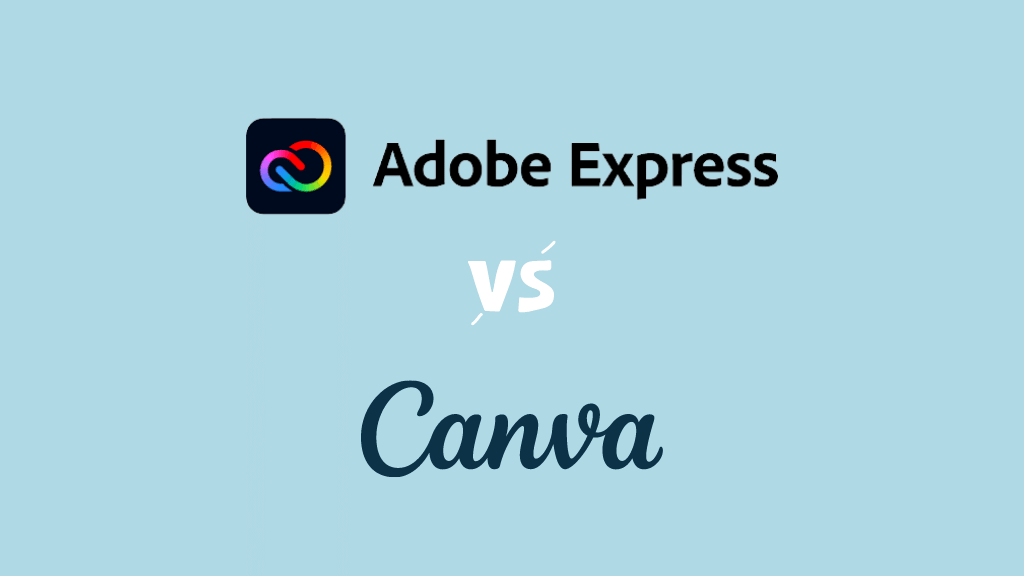
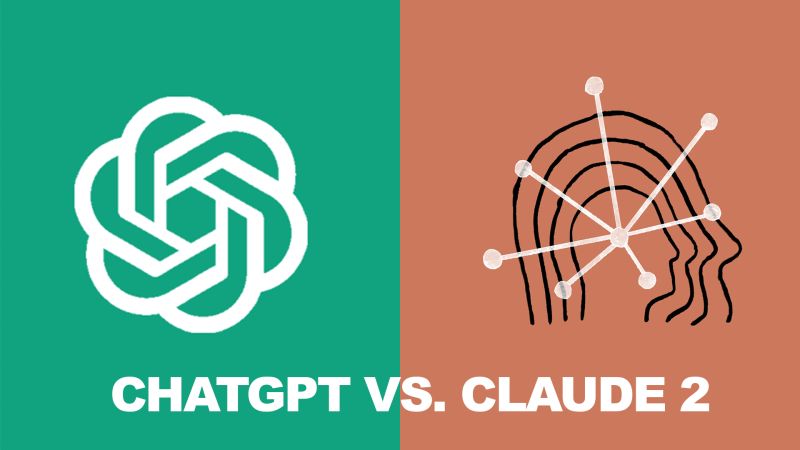



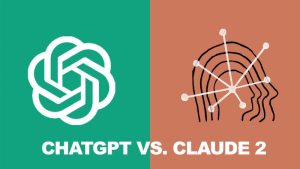


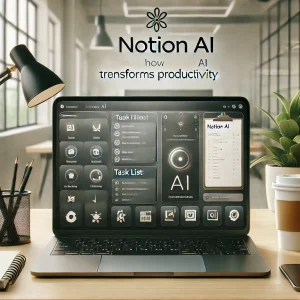


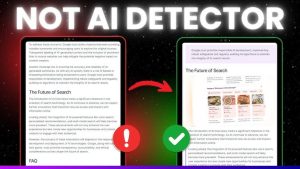

Post Comment